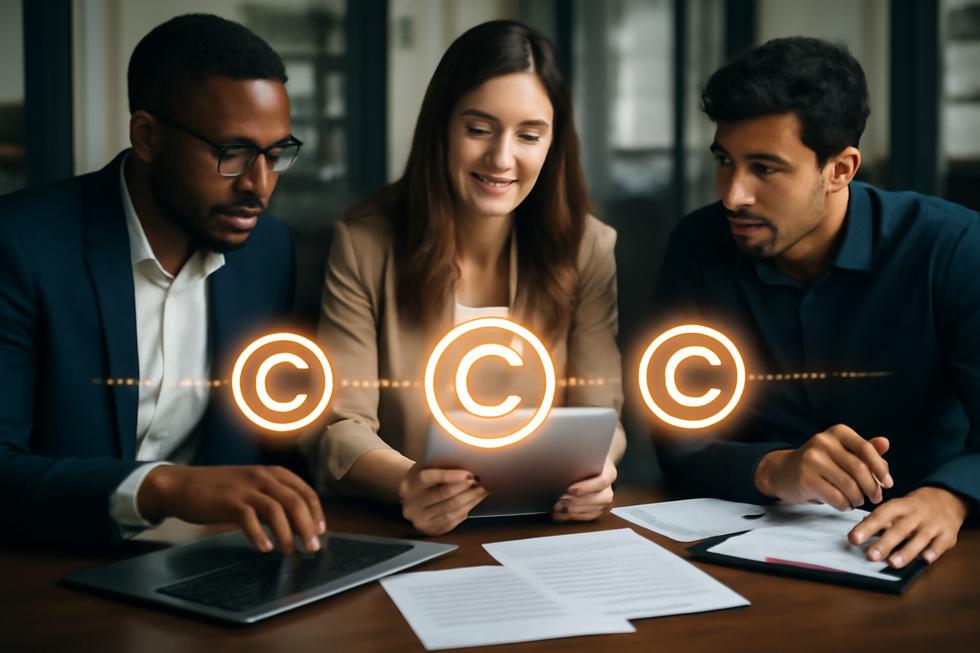Introduction
Understanding the duration and scope of copyright protection is crucial for business owners who rely on creative assets. Copyright term determines how long exclusive rights last, influencing when and how works can be legally used, shared, or monetized. As copyright duration varies across countries and depends on multiple legal factors, grasping these subtleties helps businesses avoid infringement risks and leverage intellectual property effectively. This guide explores foundational definitions, compares international standards, examines critical legal criteria, details implications for public domain access, discusses rare cases of perpetual copyright, and highlights specifics within U.S. copyright law—especially for historical works. Together, these chapters equip business leaders with the knowledge needed to safeguard their creative resources and capitalize on them strategically.
Tables of Contents
Chapter 1: Understanding the Definition and Scope of Copyright Term
- Legal Basis and Time Limits: Defining the Copyright Term
- Exploring Copyright’s Reach: Media Types, Rights, and Legal Boundaries
- Balancing Creator Incentives and Public Access: The Economic and Societal Dynamics of Copyright Term
Chapter 2: Navigating Copyright Term Durations: International Standards and Distinctions
- Aligning Protection: A Comparative Look at Copyright Terms in Europe, Australia, and Canada
- Decoding U.S. Copyright Terms Within the Varied Global Framework of Copyright Duration
- Perpetual and Indefinite Copyright: Unique Protections for Government Works and Special Cases Worldwide
Chapter 3: Legal and Technical Criteria Affecting the Copyright Term
- Statutory Balances of Author’s Rights and Public Access in Copyright Duration
- Originality, Fixation, and Formalities: Core Technical and Legal Conditions Shaping Copyright Duration
- Navigating Judicial Decisions and Digital Innovations Shaping Copyright Duration
Chapter 4: Implications of the Copyright Term for Public Domain and Access to Creative Works
- Navigating Digital Access: How Copyright Duration Shapes Public Domain and Technology Use
- Balancing Economic Incentives and Public Access: How Copyright Term Shapes Creative Ecosystems
- Global Dynamics and Social Consequences of Copyright Duration on Cultural Access
Chapter 5: Navigating the Complexities of Perpetual Copyright Rights and Their Boundaries
- Legal Interpretations and Statutory Boundaries of Perpetual Copyright
- Philosophical and Policy Dimensions Shaping Perpetual Copyright’s Boundaries
- Balancing Incentives and Innovation: Economic and Societal Effects of Perpetual Copyright
Chapter 6: Copyright Term Specifics in the United States Including Historical Works
- Navigating the Complex Duration and Legal Framework of U.S. Copyrights Including Historical Works
- Navigating U.S. Copyright Terms: Pre-1978 Publications and Their Path to Public Domain
- Navigating Public Domain Eligibility and Renewal Rules for U.S. Historical Copyrights
Chapter 1: Understanding the Definition and Scope of Copyright Term
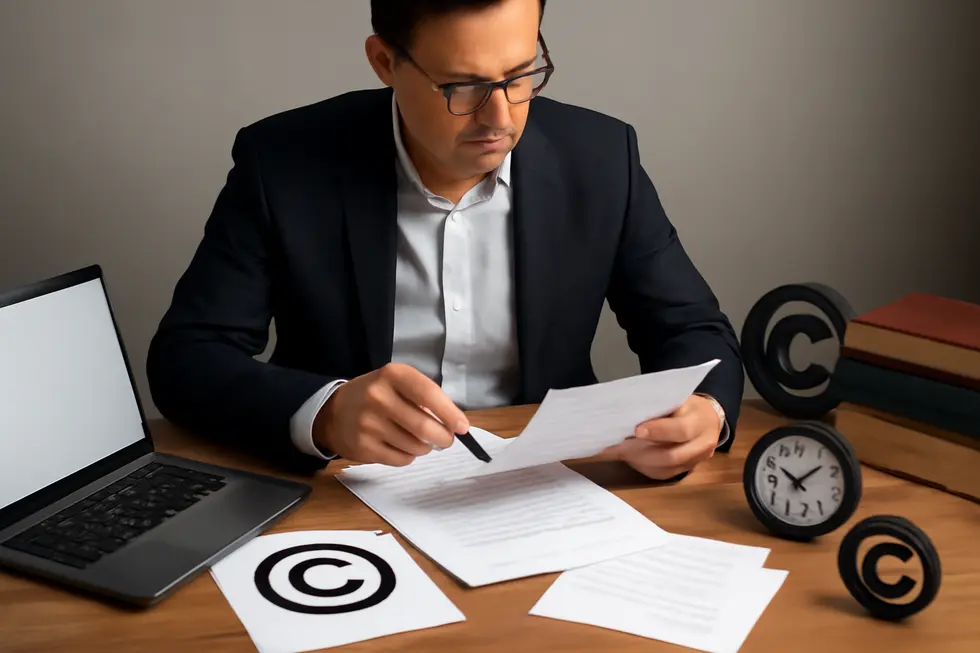
1. Legal Basis and Time Limits: Defining the Copyright Term
Copyright grants creators exclusive rights over original works fixed in a tangible form, protecting their expression but not the underlying ideas. This protection is established by law and arises automatically when a work is created, without requiring registration, although such formalities can enhance legal enforcement. The scope of copyright extends to various media, including literary, artistic, musical, and software works, encompassing adaptations and derivative creations. Importantly, copyright provides economic rights for financial benefit and moral rights safeguarding the author’s reputation. However, these rights are not indefinite. Typically, copyright lasts for the author’s lifetime plus 70 years, after which works enter the public domain for free public use. Fixed terms encourage creativity while balancing public access to culture and knowledge. For further insights on copyright duration and scope, see Nature and Scope of Copyright.
2. Exploring Copyright’s Reach: Media Types, Rights, and Legal Boundaries
Copyright safeguards creators’ exclusive rights over their original works fixed in tangible forms. These rights cover a diverse range of media including literary works, music, art, films, photographs, software, and even architectural designs. Importantly, copyright protects the expression of an idea—not the idea itself—ensuring creators can reproduce, distribute, display, and adapt their creations within a legally defined term. This term is limited, after which works enter the public domain and become freely accessible. Copyright’s scope spans both physical and digital formats, reflecting today’s varied creative landscape. Limitations such as fair use enable lawful exceptions for education, commentary, and research, balancing the creator’s control with public interest. Understanding these legal boundaries clarifies who may exploit creative works and under what conditions, maintaining a vital equilibrium between innovation incentives and cultural enrichment. More insights on copyright’s nature and scope can be found through the detailed overview.
3. Balancing Creator Incentives and Public Access: The Economic and Societal Dynamics of Copyright Term
Copyright protection grants creators exclusive rights to control and monetize their original works for a limited period, typically lasting through the author’s life plus 70 years. This finite term strikes a deliberate balance between incentivizing innovation and ensuring societal benefits. Economically, copyright fosters creative industries by enabling authors to earn revenue from reproduction, distribution, and adaptation rights. This financial incentive motivates continued cultural and technological advancement. Conversely, society gains substantial value when works enter the public domain after expiration, permitting unrestricted access, education, and further creative use. If protection extends too long, it can restrict innovation and access, while too short a term might discourage investment in new works. Thus, the scope and duration of copyright terms embody a crucial equilibrium that supports both individual creators’ rights and the enrichment of the public cultural landscape. For a deeper understanding of copyright’s economic role, consider reviewing copyright and economics. External details are available from the U.S. Copyright Office.
Chapter 2: Navigating Copyright Term Durations: International Standards and Distinctions
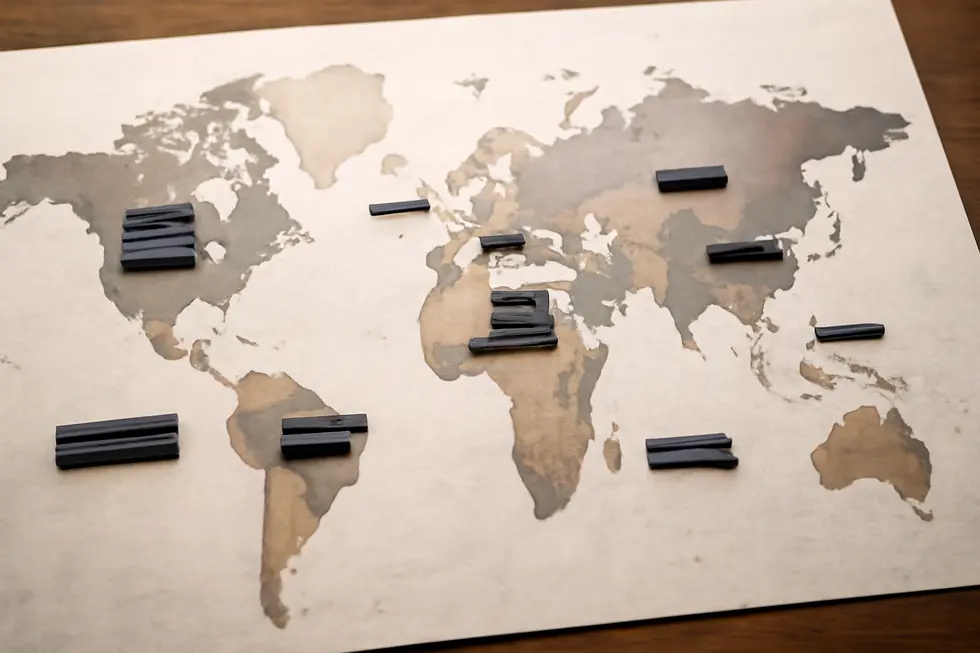
1. Aligning Protection: A Comparative Look at Copyright Terms in Europe, Australia, and Canada
Copyright duration across Europe, Australia, and Canada largely converges around the life of the author plus 70 years, reflecting efforts to harmonize with Berne Convention standards. The European Union enforces this term uniformly through directives, ensuring consistent protection for creators and heirs within member states. Australia matches this timeline under its Copyright Act 1968, enriched by specific exceptions such as fair dealing for parody and satire since 2006, balancing author rights with public interests. Canada recently extended its term from life plus 50 to 70 years, aligning with these norms while incorporating unique features like freedom of panorama, allowing photos of public architecture without infringement. Despite shared durations, each jurisdiction maintains distinct legal nuances, particularly in exceptions and uses, shaping how copyright interacts with culture and society. For a comprehensive understanding of Canada’s provisions, see Section 32.2(1) of the Canadian Copyright Act. More on copyright and public domain distinctions is available at copyright law and public domain.
Further details on these statutes can be found through official publications of the Canadian Copyright Act, Australian Copyright Act, and EU Copyright Directive.
2. Decoding U.S. Copyright Terms Within the Varied Global Framework of Copyright Duration
Copyright durations vary widely across jurisdictions, with the United States presenting a particularly complex framework amid broader global standards. Most countries, including much of Europe, Australia, and Canada, follow a life-plus-70-years rule for creators, though exceptions like Spain’s life-plus-80 and Belarus’s life-plus-50 illustrate regional variation. However, the U.S. system diverges through its mixture of terms: for individual authors, protection lasts the author’s life plus 70 years, whereas works made for hire receive a fixed term of 95 years from publication or 120 years from creation, whichever is shorter. Anonymous and pseudonymous works also have fixed durations measured from publication dates. Government works typically fall outside copyright protection. These divergent rules are influenced by domestic legislation such as the Copyright Term Extension Act and international treaties like the Berne Convention, which shape but do not unify global terms. Because copyright law is territorial, understanding these nuances is essential for rights holders and users operating internationally. For further details, exploring resources like the U.S. Copyright Office’s guidelines adds clarity, while insights on the relationship between public domain status and copyright duration can be found in discussions about copyright law and the public domain.
3. Perpetual and Indefinite Copyright: Unique Protections for Government Works and Special Cases Worldwide
While most copyright terms worldwide conclude after the author’s life plus a set period—commonly 70 years—certain exceptions allow for perpetual or indefinite protection. Notably, some governments extend copyright indefinitely for specific types of works created by state entities. For example, Cuba provides perpetual copyright for government works under its law, and Denmark maintains indefinite copyright on certain official maps through royal decrees dating back to the 19th century. Ireland protects its banknote and coin designs forever, reflecting a special category of state assets, while Singapore grants perpetual protection to unpublished governmental literary and musical works until their first publication, after which standard durations apply.
Besides these unique cases, moral rights, which safeguard an author’s personal connection to their work, often endure indefinitely across many jurisdictions even after economic copyrights expire. Historical precedents exist too; Portugal once recognized perpetual copyrights during specific periods, though this is no longer the norm. Because copyright laws are territorial, these exceptions vary significantly across borders, requiring careful navigation in cross-national contexts. Understanding these nuances is essential when dealing with works that may never fully enter the public domain. For more on general copyright and public domain principles, see copyright law and public domain and detailed resources from Wikipedia.
Chapter 3: Legal and Technical Criteria Affecting the Copyright Term
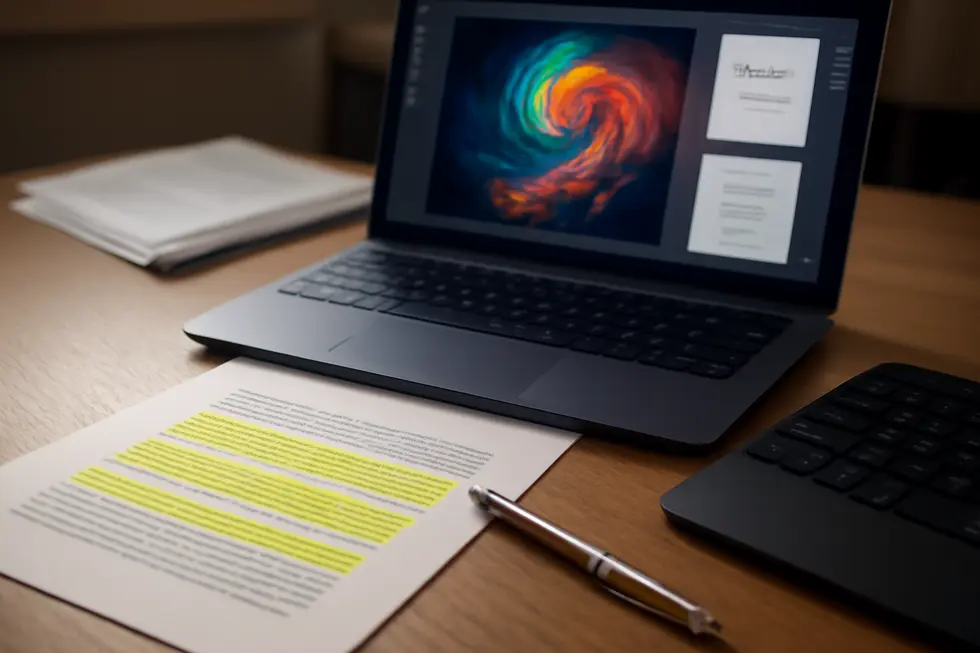
1. Statutory Balances of Author’s Rights and Public Access in Copyright Duration
The legal framework defining copyright terms is carefully crafted to balance exclusive author rights with eventual public accessibility. Rooted in historic laws like the Statute of Anne (1710), copyright emerged as a limited statutory monopoly rather than an indefinite natural right. This foundation emphasizes that protection hinges on originality and fixation—works must be independently created with minimal creativity and fixed in a tangible form to qualify. Landmark rulings, such as Feist Publications, Inc. v. Rural Telephone Service Co. (1991), clarified these criteria, reinforcing originality as a necessary element beyond effort alone.
Statutory provisions typically set copyright duration as the author’s life plus a fixed number of years (often 70), ensuring that creative works eventually enrich the public domain. The fair use doctrine further modifies these protections by permitting limited, reasoned uses without authorization for purposes like commentary or scholarship. This nuanced legal balance fosters creativity by granting temporary exclusive rights while safeguarding public interests in accessing cultural works. For detailed insights, the Library of Congress provides extensive historical and legal context.
2. Originality, Fixation, and Formalities: Core Technical and Legal Conditions Shaping Copyright Duration
Copyright protection hinges on two essential technical criteria: originality and fixation. Originality demands independent creation involving a minimal creative spark, a low bar established notably by the U.S. Supreme Court. Fixation requires the work to be captured in a tangible, perceivable medium—whether printed, recorded, or digitally stored—ensuring permanence beyond mere ideas. Legally, protection arises automatically once these elements are met; no registration or publication is mandatory, though registration enhances enforcement options. The statutory copyright term varies by work type and date, generally lasting the creator’s life plus 70 years in the U.S., with different rules for anonymous, pseudonymous, or works made for hire. While formal legal nuances shape the term, exceptions like fair use permit limited usage without authorization, influencing practical access but not term length. Institutions such as libraries benefit from specific statutory allowances addressing their roles in preservation and education. These intertwined technical and formal requirements collectively establish both eligibility for—and the length of—copyright protection.
For a detailed explanation of how copyright duration is determined, consult the San Antonio research guide on copyright duration.
3. Navigating Judicial Decisions and Digital Innovations Shaping Copyright Duration
Copyright law is increasingly shaped by courts interpreting the fair use of copyrighted materials in emerging digital contexts, especially with artificial intelligence (AI). A landmark 2025 U.S. District Court ruling recognized that training AI on lawfully purchased books can be fair use due to its transformative nature, while explicitly excluding the use of pirated copies. This reflects a nuanced judicial balancing act between protecting authors’ rights and fostering technological progress. Simultaneously, AI-generated content challenges traditional notions of authorship and ownership, as most laws require human authorship for protection, leading to global inconsistencies and calls for legal reform. Digital Rights Management (DRM) tools strive to enforce copyrights but grapple with technical limits and user rights controversies. Together, evolving judicial interpretations and advancing digital technologies critically influence how copyright term and enforcement are applied in this complex landscape. For deeper insight into copyright term definitions, see copyright law and the public domain. Learn more from the 2025 court ruling insights here.
Chapter 4: Implications of the Copyright Term for Public Domain and Access to Creative Works
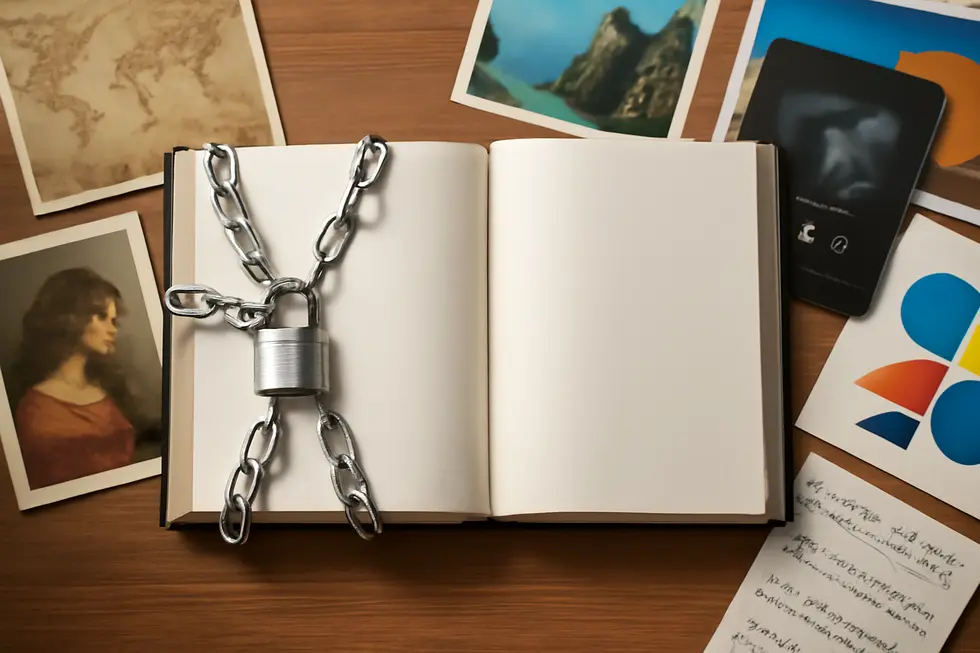
1. Navigating Digital Access: How Copyright Duration Shapes Public Domain and Technology Use
The duration of copyright profoundly influences digital access and technological interaction with creative works. When copyrights last longer, public domain entry is delayed, restricting free use, reproduction, and digital distribution. This limitation affects education, scholarship, and cultural innovation, as many rely on unrestricted digital content for teaching and creative projects. Conversely, once works enter the public domain, they become free digital resources that anyone can copy, share, or adapt without legal barriers, enhancing digital archiving and creative remixing.
Digital Rights Management (DRM) systems further complicate access by enforcing restrictions that prevent unauthorized copying and sharing of copyrighted digital works. While fair use and educational exemptions offer some relief, they do not bypass DRM or copyright terms fully. Meanwhile, Creative Commons licenses provide creators with flexible options to permit digital sharing before public domain status is reached.
More on how DRM interacts with copyright terms can be found in this Digital Rights Management overview. For insights on responsible digital use of creative materials, see the guide on using online images ethically. To understand foundational copyright rights in business contexts, this copyright information for books resource is also valuable.
2. Balancing Economic Incentives and Public Access: How Copyright Term Shapes Creative Ecosystems
Copyright grants creators a temporary monopoly—often the author’s life plus 70 years—offering exclusive rights that encourage financial investment and innovation. This period enables creators and intermediaries to profit through royalties and licensing, fueling cultural industries and artistic production. However, prolonged copyright terms can hinder public access by delaying works’ entry into the public domain, limiting opportunities for education, research, and new creativity that builds upon existing works. Small creators and startups may face legal and economic barriers due to extended protections concentrated among publishers or large platforms. In the digital age, where content is easily copied and remixed, strict enforcement challenges traditional incentive models and sometimes reduces the practical value of prolonged exclusivity. Thus, copyright law seeks to strike a delicate balance between motivating original creation and ultimately enriching society through open public domain resources. Limited exceptions like fair use partially ease access during protection, fostering ongoing creativity. For a detailed overview of copyright duration and public domain, see copyright law and public domain guidance. Additional authoritative information is available from the U.S. Copyright Office.
3. Global Dynamics and Social Consequences of Copyright Duration on Cultural Access
The length and enforcement of copyright terms shape not only national legal frameworks but also the global flow of knowledge and culture. Different countries set varying copyright durations—typically the life of the author plus 70 years—reflecting distinct legal traditions and cultural priorities. These variations affect when creative works enter the public domain internationally, influencing cross-border access and licensing practices. Longer copyright terms delay free public use, restricting educational materials, artistic reinterpretations, and innovation. Conversely, shorter terms promote wider cultural exchange and democratized access. Societies continuously balance protecting creators’ rights with enabling fair use and public benefit, a challenge amplified by rapid technological shifts that redefine distribution and consumption. Navigating these geopolitical and societal tensions is key to fostering both creator incentives and broad public access worldwide. For further guidance on copyright and public domain, see this detailed resource from the U.S. Copyright Office.
Chapter 5: Navigating the Complexities of Perpetual Copyright Rights and Their Boundaries
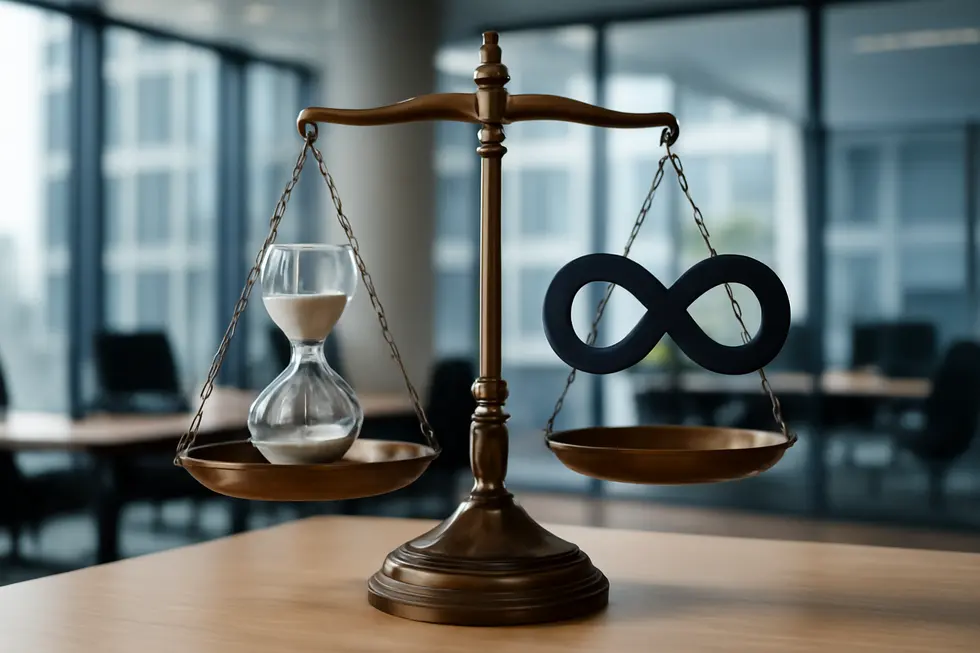
1. Legal Interpretations and Statutory Boundaries of Perpetual Copyright
Perpetual copyright, implying infinite protection of creative works, fundamentally conflicts with modern copyright statutes that mandate finite terms. Most legal systems, including the United States, enforce limited copyrights—commonly life of the author plus 70 years—to balance creators’ rights with public access. The U.S. Supreme Court has explicitly rejected perpetual ownership claims, emphasizing copyright as a statutory, not natural, right aimed at fostering innovation. Yet courts occasionally uphold perpetual rights rooted in contract law, especially when legacy agreements clearly specify indefinite assignments and royalties, as seen in certain international rulings. Such contracts operate alongside statutory rights but do not override statutory duration limits. Additionally, moral rights in some jurisdictions may persist longer but differ from economic copyrights. This legal framework restrains perpetual claims to protect cultural progress while recognizing private agreements granting extensive usage rights within lawful limits. For a deeper understanding, see copyright law and public domain and related U.S. legal precedents.[5]
2. Philosophical and Policy Dimensions Shaping Perpetual Copyright’s Boundaries
Philosophical and Policy Dimensions Shaping Perpetual Copyright’s Boundaries
Perpetual copyright claims that creative works should be owned indefinitely, similar to physical property. Proponents argue that creators and their heirs deserve ongoing control and compensation, viewing intellectual property as a lasting asset. Notable advocates, including historically Mark Twain, emphasize that terminating protection unfairly shifts wealth from families to corporations benefiting post-expiration. However, this stance conflicts with modern copyright policy, which limits terms to balance private rights with the public’s access to culture and knowledge. Legal systems frequently reject perpetual copyright by invalidating endless licenses, ensuring cultural works eventually enrich the public domain. This approach acknowledges that intellectual property differs from physical property, as its non-rivalrous nature means sharing benefits society. Thus, while perpetual copyright appeals philosophically, policy frameworks restrict it to preserve creativity’s broader social value.
For deeper insights on copyright duration and public domain, see the resources of the U.S. Copyright Office.
3. Balancing Incentives and Innovation: Economic and Societal Effects of Perpetual Copyright
Perpetual copyright, granting indefinite control over creative works, profoundly impacts both economic systems and society. Economically, it provides an unending monopoly that can preserve wealth within creators’ families and protect against corporate takeover, echoing property rights. Yet, this indefinite protection disrupts the traditional balance, which seeks to both incentivize creation through limited-term monopolies and foster a rich public domain vital for ongoing innovation. Restricting works from entering public use may hinder new creators and industries dependent on accessible cultural materials. Societally, perpetual copyrights limit public and educational access to creative content, narrowing cultural diversity and stifling creative evolution. Although moral rights may last indefinitely, they do not extend economic control. Legally, perpetual copyright remains rare and faces enforceability challenges, especially where licenses are involved or when derivative works arise. This tension highlights why finite copyright terms remain a cornerstone policy, preserving public benefit and creative progression. For further insights on public domain roles and copyright duration, see Copyright Law and the Public Domain. More detailed federal guidelines are available through the U.S. Copyright Office.
Chapter 6: Copyright Term Specifics in the United States Including Historical Works
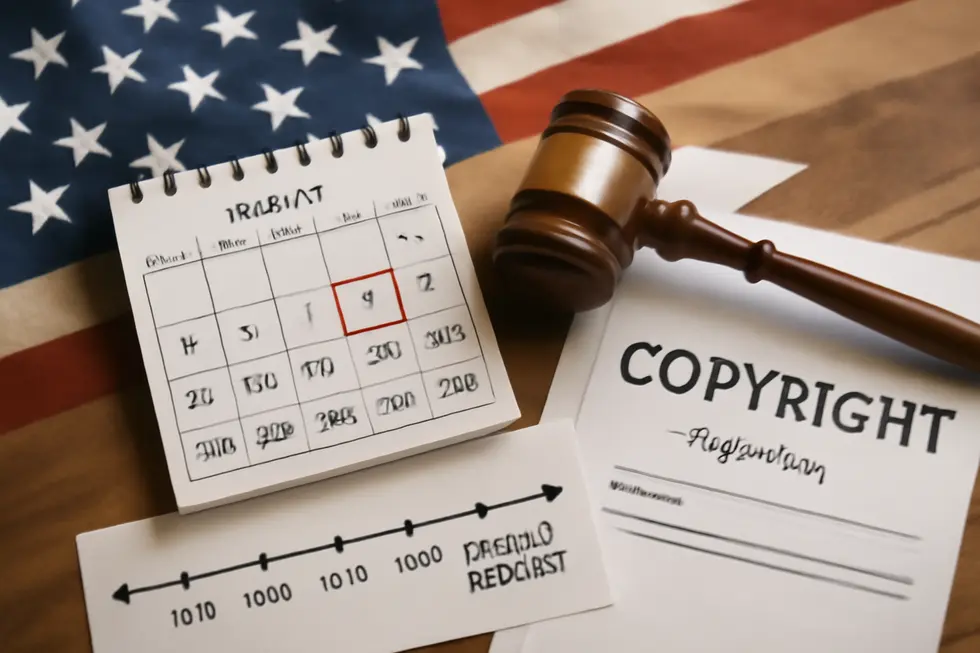
1. Navigating the Complex Duration and Legal Framework of U.S. Copyrights Including Historical Works
The United States copyright system features a nuanced legal framework governing term durations, especially concerning historical works. Generally, copyright lasts for the author’s lifetime plus 70 years for works created after 1977. Published works before 1978 follow a more complex regime, typically enjoying 95 years of protection from publication if copyright formalities like registration and renewal were met. Notably, the Sonny Bono Copyright Term Extension Act of 1998 extended copyright terms by 20 years, delaying the entry of many works into the public domain until recently. Works published prior to 1925 have entered the public domain, with subsequent years unlocking new works annually each January 1st, including iconic pieces such as George Gershwin’s An American in Paris. Unpublished works receive protection based on authorship and creation date, often lasting life plus 70 years or 120 years from creation for anonymous or corporate authorship. Understanding these durations requires careful examination of the work’s publication date, authorship, and compliance history. For a detailed, up-to-date guide on public domain entry, resources such as the 2025 in public domain page are invaluable. More information on age-based copyright terms can also be found in the copyright law public domain overview.
2. Navigating U.S. Copyright Terms: Pre-1978 Publications and Their Path to Public Domain
In the United States, copyright terms for works depend heavily on their creation and publication dates, especially distinguishing pre-1978 works. For creations after January 1, 1978, protection generally lasts for the life of the author plus 70 years. Special cases like anonymous, pseudonymous, or “works made for hire” receive terms of 95 years from publication or 120 years from creation, whichever ends first.
Historical works published before 1978 follow a more intricate system. Those published prior to 1923 are firmly in the public domain, unaffected by subsequent term extensions. For works published between 1923 and 1963, an initial 28-year copyright term was granted, renewable for an additional 67 years. Failure to renew placed the work into the public domain early. For example, works published in 1929 entered the public domain on January 1, 2025, marking 95 years since publication.
Legislative changes, such as the Copyright Term Extension Act of 1998, paused new entries into the public domain for 20 years after 1998. Since 2019, this halt lifted, allowing works published 95 years earlier to enter the public domain sequentially every January 1. Due to the complexity of pre-1978 term determinations, consulting renewal records and databases like the Library of Congress is crucial. More about copyright duration can be found through the copyright law and public domain resources.
For official reference, see the U.S. Copyright Office’s information on copyright duration and public domain status.
3. Navigating Public Domain Eligibility and Renewal Rules for U.S. Historical Copyrights
In the United States, the transition of works into the public domain depends heavily on their publication date and renewal status. Works published before 1929 are freely usable and have been in the public domain since January 1, 2025. For those published between 1929 and 1963, copyright protection initially lasts 28 years but requires timely renewal—between the 27th and 28th year—to extend protection to 95 years. Without renewal, these works enter the public domain early. Works published from 1964 to 1977 automatically enjoy 95 years of protection. Post-1978 creations follow a life-plus-70-years term for authors, or 95 years from publication or 120 from creation for corporate or anonymous works.
Historically, failing to meet formalities like registration or renewal resulted in premature public domain status. The Sonny Bono Act extended terms by 20 years, gradually advancing the public domain date from 1924 onwards annually. Determining public domain status for mid-20th-century works often requires consulting renewal records through the U.S. Copyright Office. Unpublished works and older sound recordings follow distinct rules, with many sound recordings pre-1925 entering the public domain in 2025. Federal government works generally lack copyright protection but may hold other restrictions.
These nuances make verifying copyright terms essential for those engaging with historical works. For a detailed summary of terms and renewal guidance, resources such as the U.S. Copyright Office catalog and the Cornell Copyright Term chart provide valuable assistance. For further insights on integration in business settings, explore copyright information for books.
Final thoughts
Navigating copyright term is vital for business owners to ensure legal compliance and maximize the value of creative assets. A clear understanding of how long rights last, the differences across jurisdictions, and special cases like perpetual copyright enables strategic planning and risk management. Moreover, recognizing when works enter the public domain opens new opportunities for innovation and use. By mastering these elements—especially within contexts like U.S. law—businesses protect their interests while respecting others’ rights. This knowledge ultimately supports sustainable growth built on legally secured creative resources.
Your IP is the foundation of your success – let’s protect it together before it’s too late. We can’t wait to help you turn your ideas into legally secured assets.
About us
undefined
